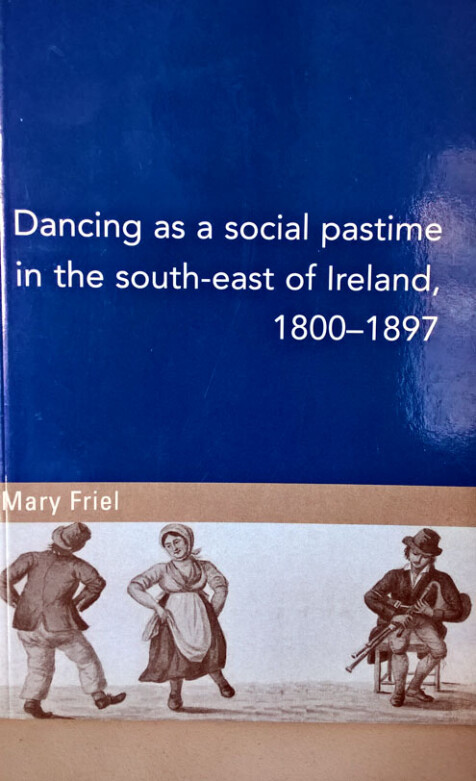Dancing as a social pastime in the south-east of Ireland, 1800–1897
Mary Friel
At the beginning of the 19th century, dancing was viewed as a necessary social skill and dancing masters and musicians were found throughout Ireland to cater for all classes. From the charitable ball of the gentry to the Sunday afternoon gathering at the crossroads, dancing was an integral part of life in the early 1800s. As with other elements of Irish life, the practice of dance underwent great change in this century. From being a desirable accomplishment it became an activity associated with drunkenness and debauchery until, at the end of the century, it was given new ideological impetus due to the efforts of the Gaelic League.
Focusing on Wexford in particular, this innovative study examines the role of dance and its associated partner, music, in the social lives of the people of south-east Ireland. It deals with the diminishing role of the dancing masters as the century progressed. It also details the occasions on which people danced and the various dances they performed.
Mary Friel is a Dublin-born primary school teacher. As a member of Brooks Academy, she has been involved in teaching and collecting set-dances from all parts of Ireland.

